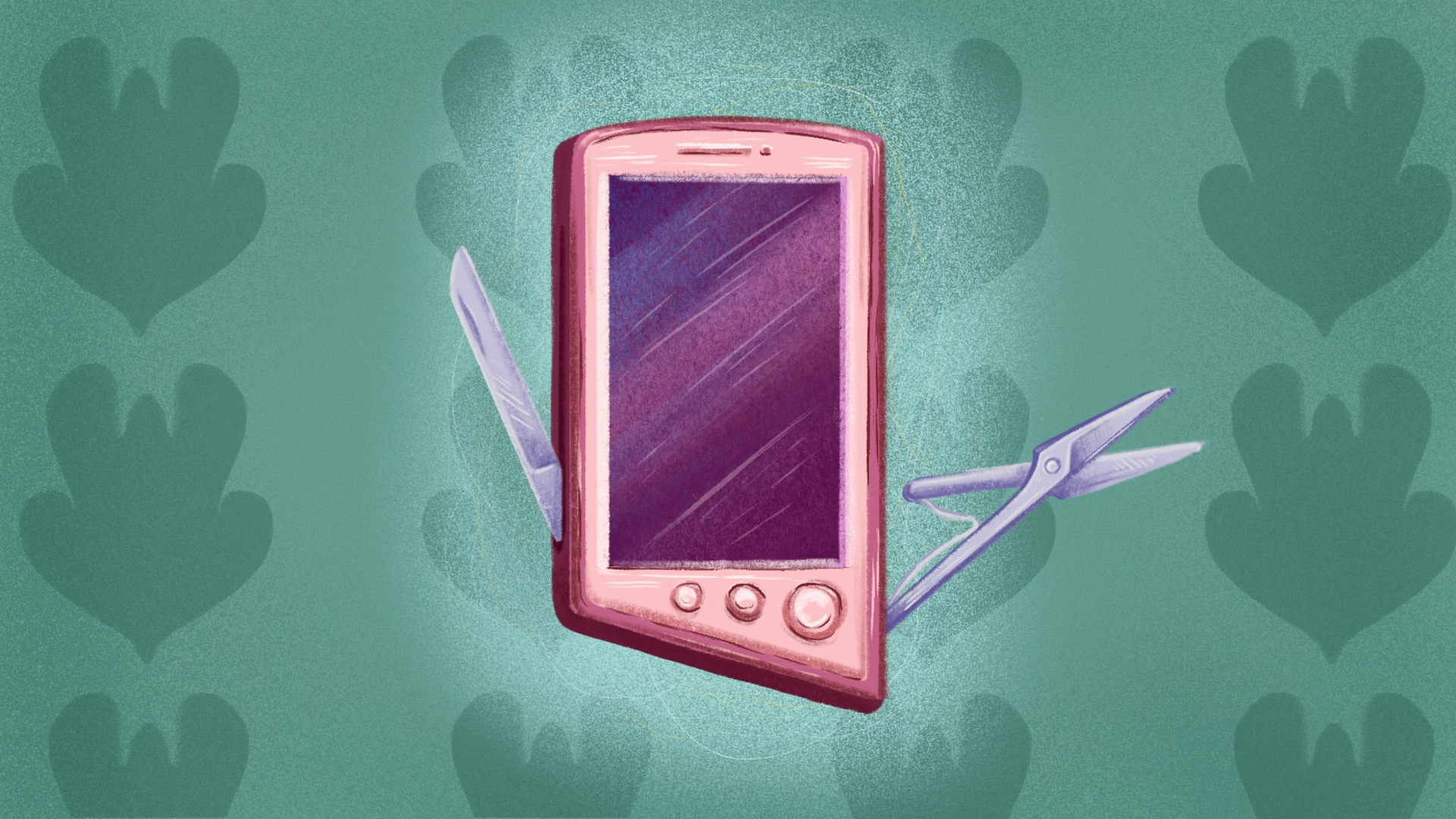
Quality and Cost
Imagine you’re walking around the store and see two bags of cheesy chips. One is a popular brand that costs $5.00. The other is a generic brand for $2.50. How do you decide which to get?
The two main things you should think about are quality (how well made something is) and cost (how much money you have to pay for it).
We usually assume that something is better if it costs more and worse if it costs less. But that isn’t always true. You might not even be able to tell the difference between them.
First you need to compare the two options. Sometimes they are very different. Sometimes they’re basically the same. Often things cost more because they have a bunch of things that you don’t actually need. For example, think about a phone camera with a lot of lenses. Five lenses sounds better than two. But will you actually use all five? Is it worth it to pay extra money for them? For some people and features it might be, but not always.

Need some help? Ask people who’ve used the thing you’re thinking about buying. If they say good things, it might be worth paying more. If they have problems, you can avoid them. For example, if your friend loves the expensive brand of cheesy chips, you might decide to try them. But, remember, not everyone will tell the truth. Ads are meant to make something look perfect and ignore any problems. Celebrities are often paid to say something is great. If you can, it’s best to talk to someone you actually know.
Deciding which thing to get is hard because of risk (the chance something bad will happen). There’s a risk that the cheaper option is bad. Consider what will happen then. If it’s a small thing, it might be best to take the risk on the cheaper option. If it’s big, maybe not. You may also think about how much money you’ll lose on the more expensive option if the two are basically the same.
Think back to the cheesy chips example. What if the cheaper chips don’t taste as good as the expensive ones? If they still taste okay, then it’s good you saved the money. But if they taste so bad you don’t want to eat them, it probably would’ve been better to spend more and get the other chips. Then again, what if the chips taste the same? If they do and you buy the more expensive ones, it can feel like you wasted money.
Overall, it might feel like it’s always better to get the more expensive item, but that’s not true. Always consider quality and cost when deciding what to buy.
Neither Banzai nor its sponsoring partners make any warranties or representations as to the accuracy, applicability, completeness, or suitability for any particular purpose of the information contained herein. Banzai and its sponsoring partners expressly disclaim any liability arising from the use or misuse of these materials and, by visiting this site, you agree to release Banzai and its sponsoring partners from any such liability. Do not rely upon the information provided in this content when making decisions regarding financial or legal matters without first consulting with a qualified, licensed professional.